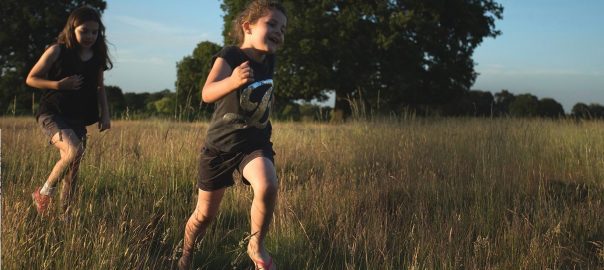9 December 2015
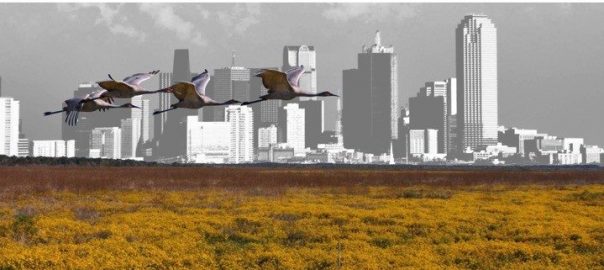
Part one: natural potential from mega math Never before on the Earth or in the entire history of the human condition has something like a megacity been possible, until Tokyo and Mexico City appeared in 1950. Typically defined as a metropolis with 10 million residents or more, projections by the...
6 December 2015
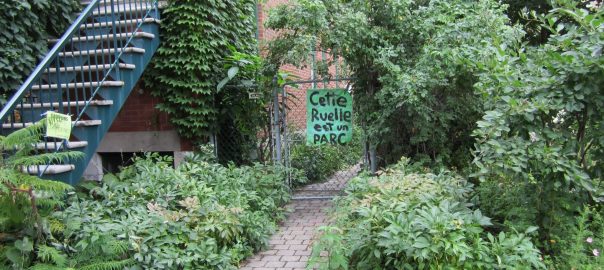
When Montréal’s Parc Oxygène was bulldozed in June 2014, a local newspaper article aptly spoke of a ‘neighborhood in mourning.’ The narration of its destruction by a neighbor is heart-wrenching (1). This small park in the midst of high rises was an urban oasis made and looked after by its...
2 December 2015
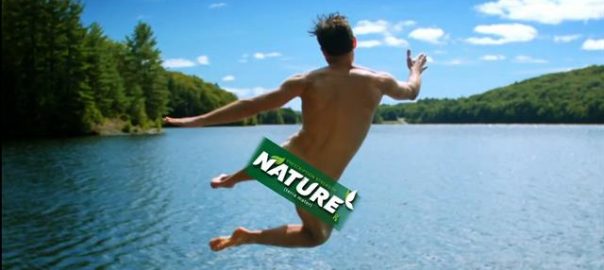
Whilst urbanization has brought many benefits to society, it increasingly denies people of opportunities for the mental, spiritual and physical health benefits from nature. Over the last decade, there has been an alarming global increase in diseases such as heart diseases, cancer, chronic respiratory diseases and diabetes [Note 1]. The...
29 November 2015
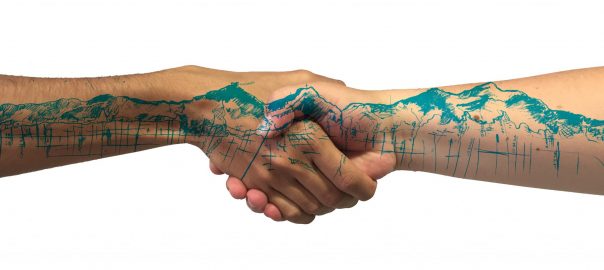
(Una versión en español sigue inmediatamente después.) “We must remember that what we observe isn’t nature itself, but rather nature exposed to our method of questioning and perceiving.” —Werner Heisenberg In order to talk about sustainability on an urban level, it is fundamental to have an understanding of the social...
24 November 2015

This past summer in Beijing, my coworker initiated a zero waste campaign for the office. Under the campaign, we pledged to live zero waste (or, at least, to consciously minimize our waste to the most practical degree) for as long as we wanted to or could. Zero waste is an...
22 November 2015
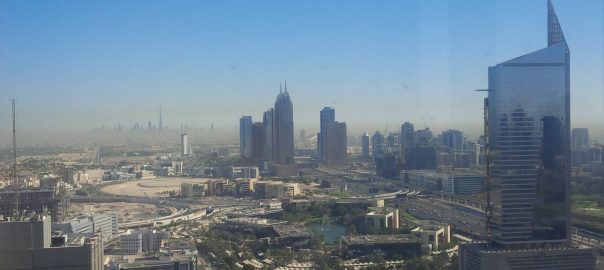
You may have noticed ambient air quality returning to centre stage globally as a hot topic of discussion and debate. While the media coverage has helped draw attention to this critical issue, the plethora of data and views can cause confusion and can delay much-needed action. In this article, I...
18 November 2015
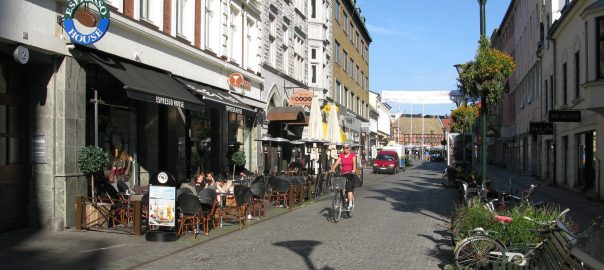
The idea of the ‘neighborhood’ is reassuring, and it is our focus in this text, which explores how neighborhoods can help us to build and rebuild better cities for people. Good neighborhoods define cities and metropolitan regions at scales that are easier for us to relate to as humans, and...
15 November 2015
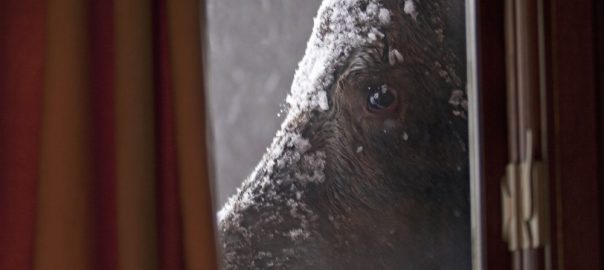
Now a century old, Anchorage has at various times during its short history proclaimed itself the “Air Crossroads of the World,” a “City of Lights” and a place of “Big Wild Life” (the latter for the community’s “perfect blend of urbanity and wilderness”). But I have long believed—and yes, opined...
10 November 2015
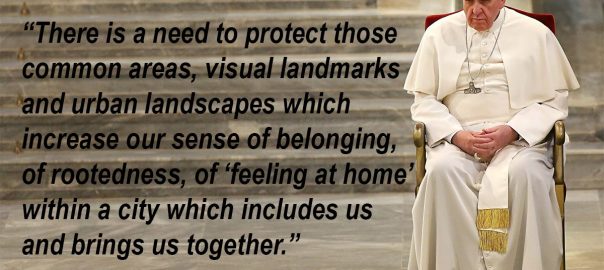
Pope Francis, City Planner After reading Pope Francis’ Laudato Si, On Care For Our Common Home, I was moved to select references I felt relevant to efforts in Portland to integrate nature into the city and weave nature into the fabric of our urban and urbanizing neighborhoods. I sent a...
5 November 2015
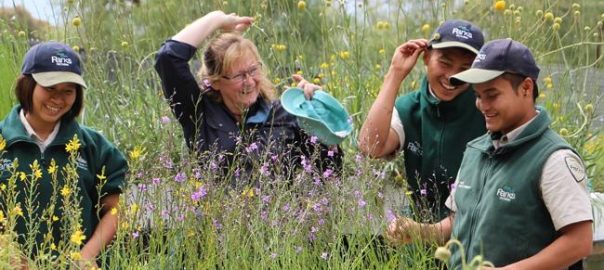
The urge to contribute one’s time, without compensation, to benefit a closely held cause or purpose appears to be a deeply rooted human need because volunteerism is found everywhere, in various forms and for every conceivable reason. For instance, every year, more than 13 million people volunteer in Canada, 63...
1 November 2015
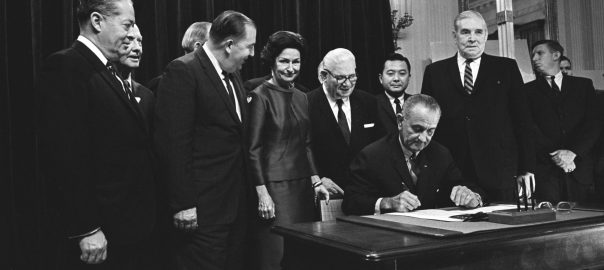
Which American president administration of the last century has the strongest record on preserving the environment and natural beauty? Presidents Theodore or Franklin Roosevelt, who created the National Wildlife Refuge System (protecting 230 million acres) and established the Civilian Conservation Corps, putting 2.5 million people to work building trails and...
28 October 2015
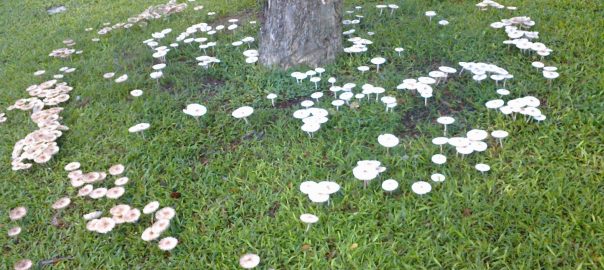
Roadside trees are not merely roadside trees. Roadside trees are living condominiums, packed with other organisms. They are functioning communities, complete with food chains, predators and prey, nutrient capture, nutrient cycling and recycling, and an organisational hierarchy. They extend their influence vertically upwards, horizontally and downwards. They are ecosystems in...
25 October 2015
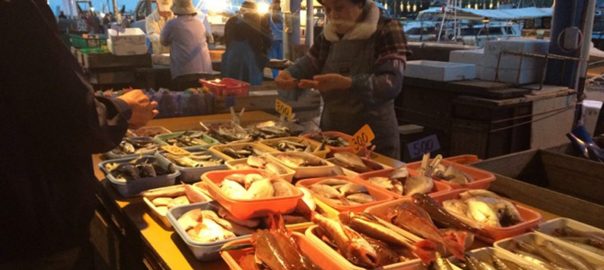
From 2014, we have been taking part in a project in city planning for urban biodiversity in Fukutsu city, Japan. Our lab (Keitaro Ito laboratory, Kyushu Institute of Technology) has been directing the project in collaboration with Fukutsu city and high school students from Fukuoka Koryo high school and Fukuoka...
21 October 2015
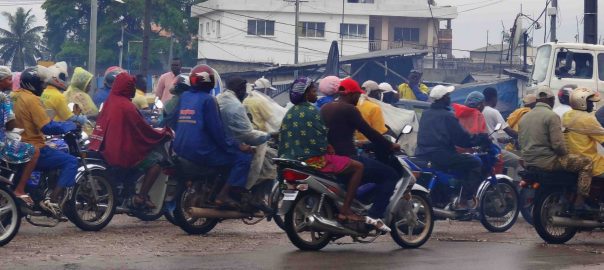
Why do you feel and behave the way you do? Have you ever noticed how incredibly adept you are at bargain-hunting in the local supermarket; beachcombing for washed up treasures; or foraging for mushrooms, nuts, and berries? Have you ever wondered why sweet melodies of birdsong and fertile meadows of...
18 October 2015
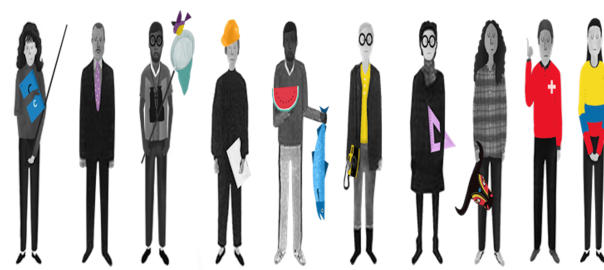
However complex the urban sustainability question is, the facts are clear to all. Over the next four decades, the global urban population is expected to nearly double, with the vast majority of this happening in Asian and African cities; if we do not rethink and coalesce our approaches and practices,...
14 October 2015
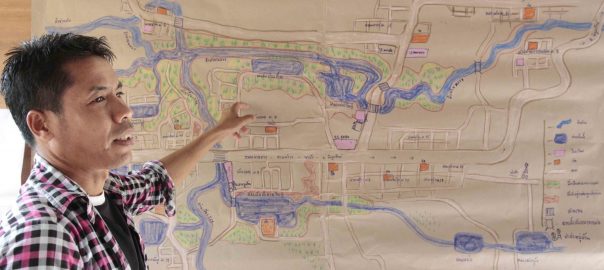
It is now coming to the end of the rainy season—the point in the year at which the reservoirs across Thailand should be approaching maximum storage levels in order to provide the water resources that are needed for the full range of water uses through the dry season. But as...
11 October 2015
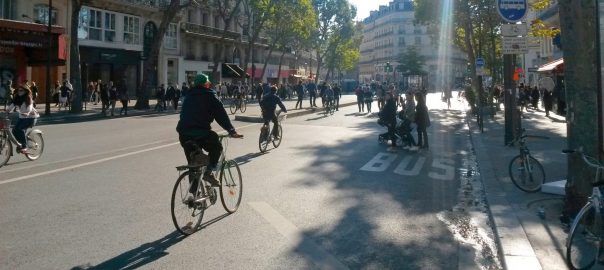
I have recently started working on a new project that will explore how reconnecting people with nature can help transform society towards sustainability (see http://leveragepoints.org). ‘Connectedness with nature’ has recently become a buzz phrase, with scientists, journalists and practitioners talking about the problems of disconnection, the benefits of reconnection, and...
7 October 2015
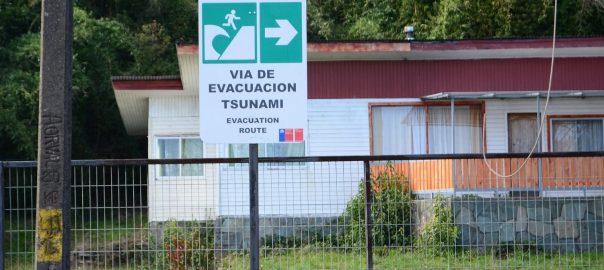
In Chile, over recent years, there has been increasing attention to the concept of community resilience, especially in facing natural disasters. Community resilience is the capacity of a community to adapt to changes that occur after natural disasters. Such adaptation capacity is vital for satisfying survival needs (e.g. food and water),...
4 October 2015
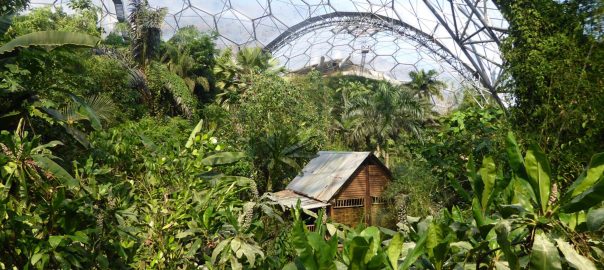
Earlier this year I had the good fortune to be invited to speak at a remarkable ‘Global Conference’ in Chantilly, France. The title of the session I was to contribute to was translated into English as ‘An urbanism built on a priority for fauna and flora’. This, it seems, was...
30 September 2015
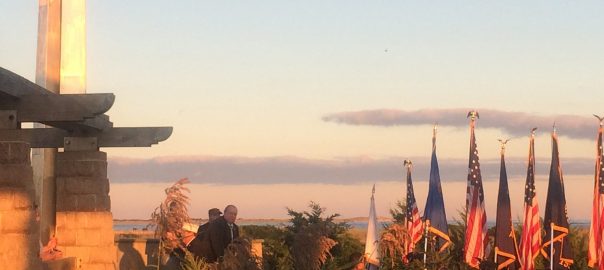
A reading of names. A procession. Placing flowers on memorials. Music. Moments of silence. Tolling of bells. Certain abiding symbols and gestures give structure to our memorial remembrances. In particular, we have come to expect a ritual formality and consistency at the World Trade Center site for remembering September 11,...

